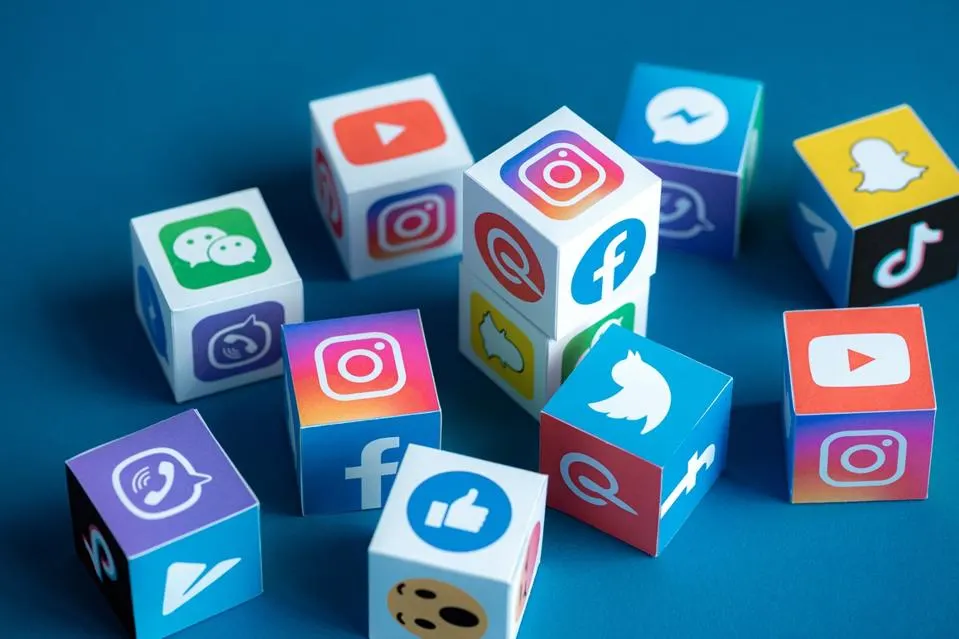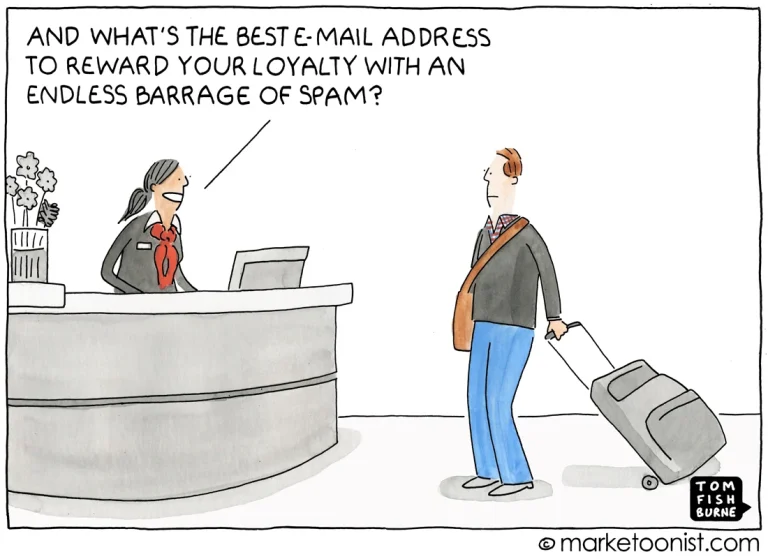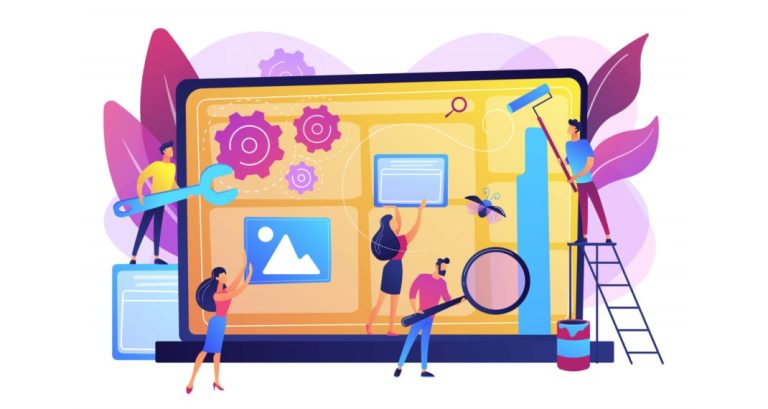
The social media landscape feels like it’s shifting under our feet almost daily, doesn’t it? What worked last year might feel stale today, and predicting what’s next can seem like gazing into a crystal ball. Yet, for businesses, especially in the B2B space, social media remains a critical channel – not just for broadcasting, but for genuine connection, insightful listening, and ultimately, driving growth. As we look towards 2025, the platforms might evolve, the algorithms might twist, but the core need for human connection and value exchange only deepens. So, how do we navigate this dynamic environment and ensure our efforts are building meaningful engagement and strengthening our brand?
At our agency, we spend a lot of time analyzing these shifts, not just as observers, but as strategists helping clients thrive amidst the change. Forget chasing fleeting viral fads; the real opportunity lies in understanding the underlying currents shaping user behavior and platform priorities. Based on our insights, here are some key trends we see defining the social media playbook for 2025 and beyond.
1. The Rise of the “Digital Campfire”: Niche Communities Over Mass Feeds
Remember the town square, where everyone shouted to be heard? The mainstream social feed is increasingly feeling like that – noisy and often impersonal. We’re seeing a significant migration towards smaller, more focused communities. Think private LinkedIn Groups centered around specific industry challenges, dedicated Slack or Discord servers for customers or enthusiasts, or even hyper-niche platforms catering to specific professional interests.
What does this mean for your brand? Broadcasting generic messages into the void yields diminishing returns. The real gold is in participating or building these “digital campfires.” It’s about fostering conversations, providing specific value to a dedicated group, and listening intently to their needs and challenges. For a B2B software company, for instance, hosting a private community for power users can yield invaluable product feedback and foster intense loyalty, far beyond what a public Facebook post could achieve. It requires a shift from a megaphone approach to a conversational one, demanding authenticity and a genuine desire to contribute, not just sell. This is where deep audience understanding, a cornerstone of effective strategy, becomes non-negotiable.
2. Authenticity Amplified: Human Voices & Creator Collaborations
The era of overly polished, faceless corporate content is waning. Audiences, particularly savvy B2B decision-makers, crave authenticity. They want to see the people behind the logo, understand the company culture, and hear genuine perspectives. In 2025, expect to see a surge in brands leveraging their internal experts – engineers explaining complex concepts simply, support staff sharing success stories, leadership offering candid insights. Employee advocacy programs will move from ‘nice-to-have’ to strategic imperatives.
Furthermore, the “creator economy” isn’t just for consumer brands. Collaborating with respected industry voices, thought leaders, and even micro-influencers within your niche can lend powerful credibility. Imagine a webinar co-hosted with a trusted analyst in your field, or a series of LinkedIn posts featuring insights from different members of your technical team. It’s about building trust through transparency and relatable human connection. This requires a solid content strategy that empowers individuals while maintaining brand consistency.
3. AI Gets Practical: Smarter Personalization & Listening

Artificial Intelligence in social media is moving beyond sci-fi concepts into practical application. While the idea of AI replacing genuine human interaction remains problematic, its role in enhancing our efforts will be undeniable in 2025. Think AI-powered social listening tools that don’t just track mentions but analyze sentiment and identify emerging discussion themes within your target audience – allowing for more proactive and relevant engagement.
Consider AI assisting in drafting content variations tailored to different audience segments discovered through platform analytics, or optimizing ad spend by predicting which creative resonates best with specific professional demographics. It’s not about automation for automation’s sake, but using technology to deliver more relevant experiences at scale. For example, AI could help identify prospects showing specific intent signals across platforms, allowing sales teams to engage with warmer leads. The key lies in integrating these tools thoughtfully and ethically, guided by robust data analysis and a clear understanding of privacy.
4. Immersive Experiences Take Root (Slowly but Surely)
While we might not all be conducting board meetings in the full-blown Metaverse just yet, the integration of more immersive elements into social platforms will continue. Think less about cartoon avatars and more about practical applications. Augmented Reality (AR) filters for virtual product demonstrations (imagine visualizing a complex piece of software’s interface in your own office space via LinkedIn), interactive polls and quizzes that drive engagement within posts, or hosting highly engaging virtual Q&A sessions or workshops within platforms.
For B2B, the focus will be on utility and experience enhancement rather than pure novelty. How can these tools make complex information more digestible, showcase products more effectively, or create more memorable touchpoints? Experimentation here is key, perhaps starting with interactive video content or 3D product visuals embedded in posts. This ties directly into innovative web and digital presence capabilities – ensuring seamless transitions from social discovery to deeper website experiences.
5. Social Commerce & Shortened Conversion Paths
Platforms are increasingly blurring the lines between discovery and action. We see platforms like LinkedIn enhancing features for service providers, and direct messaging evolving into a powerful channel for consultation and lead nurturing. In 2025, expect even tighter integration of conversion tools directly within social apps. Think booking demos, downloading whitepapers, or even initiating service inquiries without leaving the platform.
This demands a more integrated approach to your sales funnel. Your social profiles need to be optimized not just for visibility, but for action. Calls-to-action must be clear, and the handover process – whether it’s to a landing page, a CRM, or a sales representative – needs to be absolutely seamless. Is your website prepared to receive traffic from a ‘Book a Demo Now’ button on LinkedIn and provide a frictionless experience? This requires strategic alignment between your social media efforts, web development, and potentially marketing automation systems.
Navigating the Next Wave
The social media landscape of 2025 promises to be more fragmented, more immersive, and demand more authenticity than ever before. Success won’t come from simply being present, but from being present with purpose. It requires understanding where your specific audience congregates, delivering genuine value within those spaces, leveraging technology smartly, and building trust through human connection. It’s less about shouting into the void and more about joining, building, and nurturing meaningful conversations.
Preparing for these shifts requires a strategic mindset, a willingness to experiment, and often, a partner who understands the intricate dance between technology, content, and human behavior. How is your business adapting its social strategy for the evolving digital world? We believe the future belongs to those who prioritize genuine connection and strategic adaptation.



